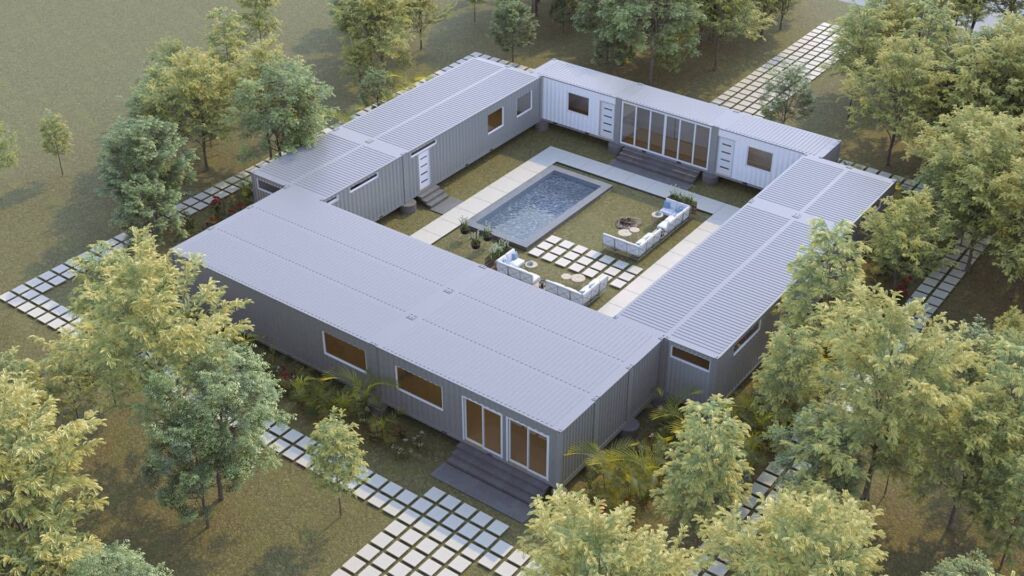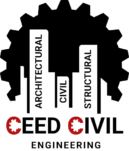Container Homes
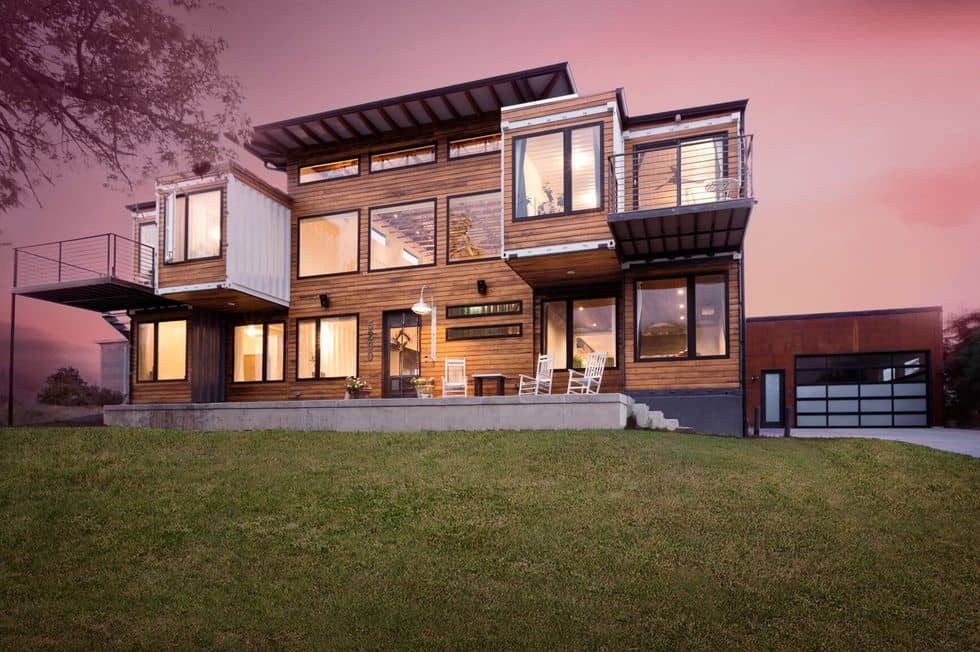
Shipping container homes
Ceed Civil Engineering specializes in custom home building utilizing standard ISO shipping container homes and container structures (Conex homes, Container Houses, etc.) and other shipping container buildings such as restrooms, kitchens, venue housing, etc. These structures are versatile, unique, and extremely cost-effective while still providing a spacious and beautiful alternative building style. With millions of shipping containers sitting at ports and storage sites, these units can reduce build time and costs by up to 3,000%. We have helped over 100 clients design and utilize shipping containers for their homes and garages, and even utility uses such as portable restrooms for concert venues.
Ceed Civil Engineering has deep experience ensuring the modification of these large shipping containers is not only safe, but beautiful.

What is a container home?
Shipping container homes (also known as CONEX homes) are exactly what they sound like; homes made from the steel shipping containers that you see carrying cargo everywhere on trains, trucks, and ships. From these giant Lego blocks, we are building homes of all shapes and sizes. Shipping containers are generally available in standard 10ft, 20ft, and 40ft. The smallest shipping container can provide about 100 square feet of floor space for a shipping container home. Eight larger containers together can make a two-story house at about 1400 square feet. Hundreds of container micro-apartments together can make a huge apartment building, as seen in Washington D.C.
We are asked daily why are shipping containers being used to make homes, studios, cabins, and offices? Our answer is, with about 14 million ‘out-of-service’ containers in the world, there are lots of them available. And playing with giant blocks are definitely exciting!
Besides trendiness, interest in container homes is also part of a wider interest in saving money with prefabricated and modular homes. Many potential clients are looking for lower construction and maintenance costs. There is also a perception that container homes contributing to recycling.
Shipping Container Homes Have Standard Costs
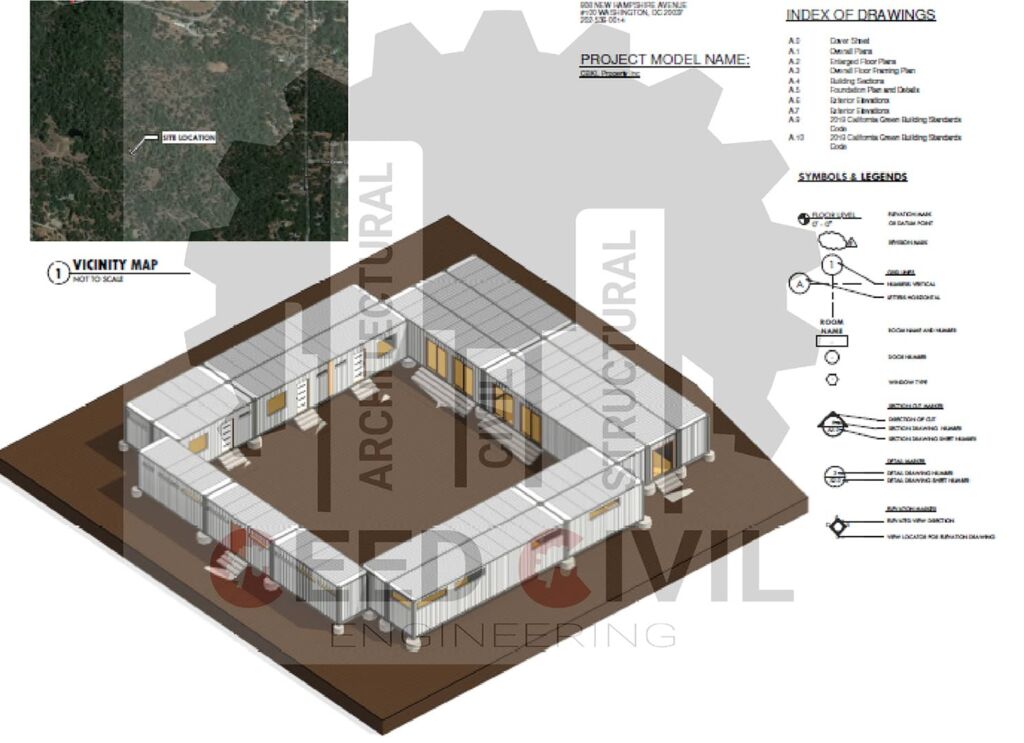
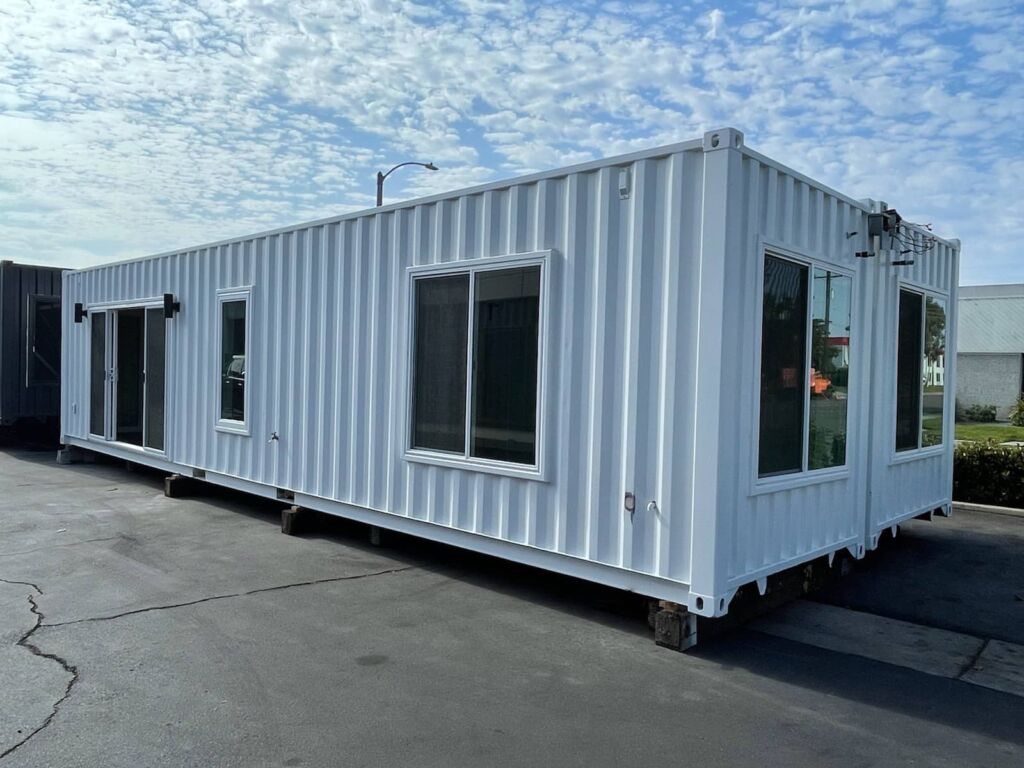
Recycled Shipping Container Homes
The environmental appeal of a container home being re-used after its cargo products are unloaded and delivered opens the doors to a new custom and unique home. This is a excellent for the environment and the industry.
Some of the advantages, like short construction time, predictable pricing and versatility in design, are the larger draw for clients to consider a shipping container home. But container homes benefit uniquely from the worldwide infrastructure built to move shipping containers. Even where local building expertise is lacking, or for emergency shelters, shipping container structures can be moved easily to where they are needed. In these scenarios, the versatility of container transport is a huge advantage.
Roofs
- Flat roofs are the simplest, fastest, and least expensive to construct but can be more costly to maintain. It’s essential to create a slight pitch for the drainage of rainfall.
- Living roof, also known as a green roof, is a roof with introduced plants and greenery. These roof types are both aesthetically and naturally pleasing and provide natural insulation and cooling.
- Pitched roofs are roofs that slope downwards and are among the most common roof types found in areas with heavy rainfall and snow. Popular examples of pitched roofs are gables, hip, mansard, gambrel, and skillion.
- Roof terraces are creative flat spaces built on top of the roof to expand occupiable or usable space. Many roof terraces are used for small outdoor gardens, eating or lounging areas.
